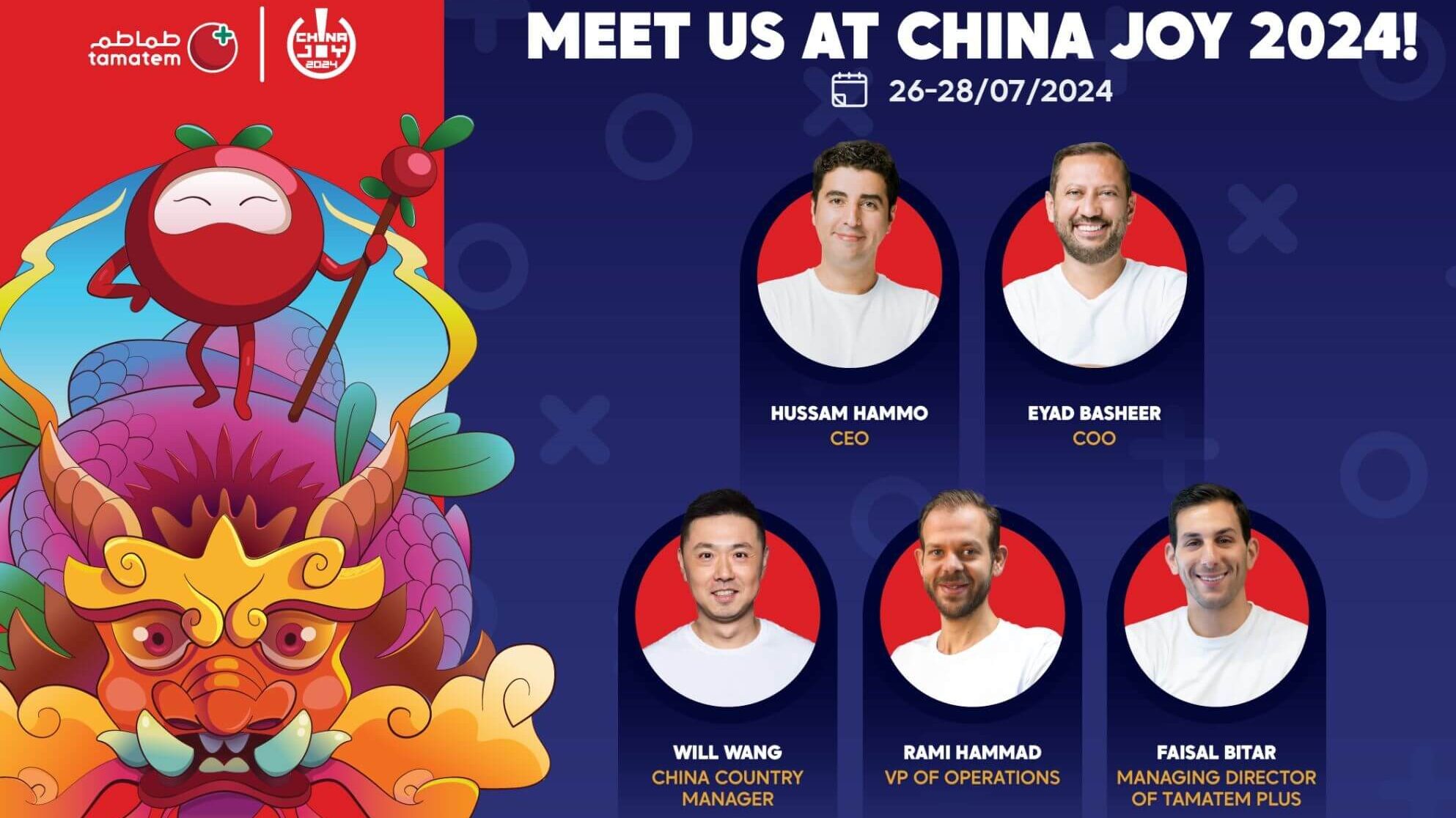
A Simplified Guide For Mobile Game Localization & Its Power (When Done Right!)
Tamatem’s entry point into the MENA mobile games market was localization and its power to yield loyalty. Years later, as an industry veteran, Tamatem is widely regarded as an expert in mobile game localization done right.
Localization paves grounds for your mobile games to be more inclusive to different demographics, regions and cultures. It’s also a great tactic for maneuvering into wider, highly profitable markets that can prove valuable. Mobile game developers must keep in mind the opportunity that comes with localization, but also the large responsibility to do it right.
In this article, we’ll provide a simplified guide for mobile game localization. With a “Mobile Game Localization for Dummies” sort of approach, we’ll cover:
- A Simple Definition of Localization & Some Elements
- The Benefits of Localizing Mobile Games
- Tamatem Localization Insight: Who, What, Where & Why
- Localizing for the MENA Mobile Games Market
What is Localization?
A textbook definition of localization describes it as:
“the process of making a product or service more suitable for a particular country, area, etc..”
The above definition is true for mobile game localization too. In a nutshell, localization is defined just as it sounds. It involves transforming something to make it more locally suited, relevant and understood. When localizing anything, you must take into account the specific region that your content is targeted at.
In the context of mobile games, the possibilities for localization are endless so it’s important to take a holistic approach. Simply translating the language of a mobile game is not enough to carry out successful localization.
When localizing a mobile game, the devil is in the detail. Here are some elements to pay immaculate attention to on your mobile game localization journey:
- Correct translation of the language
- Respectful use of relevant cultural idioms
- Proper spoken accents (applicable to audio)
- Authentic representation (character’s features, wardrobe, etc..)
- Gender inclusivity
Note: Partnering with a local mobile game publisher can help you avoid certain pitfalls such as the perpetuation of stereotypes and the disrespectful use of cultural elements.
Why Localize Mobile Games?
The mobile games industry is on the rise and it’s here to stay. That being said, many of its emerging markets remain untapped or underserved. While this is largely linked to growth and distribution rates of technology and infrastructure in certain regions, lack of localized content is a prevalent contributor too.
Many regions, like the MENA, are culture-centric. To cater to regions where people are heavily rooted in their language, culture, and traditions, localization is a golden opportunity. Localizing your mobile games will enable you to enter new markets and maximize your game’s monetization potential. It will also build higher engagement and more prominent customer loyalty. The MENA region on its own is one of the fastest-growing gaming markets, with a value of $4.8 billion.
Here’s the catch: if done wrong, mobile game localization can undermine your brand. In order to reap all the benefits of localizing your mobile game, you mustn’t take it lightly. Incorrect translations or misrepresentations can alienate you from the market you’re attempting to enter.
Tamatem & Localization: A Look Into Who, What, Where & Why
As a mobile games publisher penetrating the MENA market, Tamatem took the route of localization. By localizing existing mobile games that were already successful in their own right and making them more relatable to gamers in the region, Tamatem struck gold. That’s not to say that our localization process is a walk in the park – it is carried out with extreme attention to detail and target market context.
When localizing your mobile game, outlining your target market is key. Starting out, it was important for us to clarify our “Who, What, Where & Why” to guide our mission.
Defining your target market, their pain point and their need for localization can be outlined as shown below:
Who: Arabic-speaking mobile gamers
What: Localized games that properly cater to language, culture, and representation
Where: MENA region
Why: The region is amassed with passionate mobile gamers who are largely underserved and misrepresented. A huge gap in the emerging market prompted Tamatem to publish high quality mobile games that cater to the region’s cultural needs, while increasing access and inclusivity in doing so.
Localizing Mobile Games for the MENA Market
If you’re a developer looking to localize for the MENA market, there’s no doubt that partnering with a local mobile games publisher will take you further by leaps and bounds.
Localization of mobile games for the MENA region is no easy feat. While one must take into account the region as a whole, the MENA market is made up of many different countries, cultures, and accents that you should be privy to. With that in mind, partnering with a top MENA mobile game publisher is the best and most reliable way to go about localizing your mobile game for the region.


